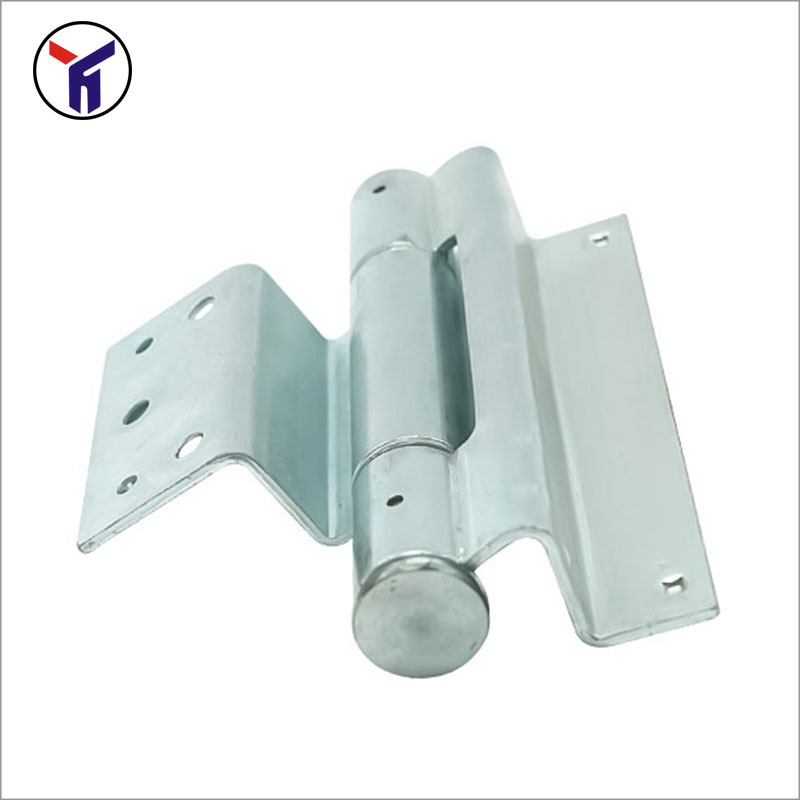Advantages of Institutional Hinges
2024-06-19
An institutional hinge, commonly referred to as a continuous hinge or piano hinge, is a type of hinge that runs the entire length of a door or panel. It is often used in institutional settings such as schools, hospitals, and government buildings due to its durability, security, and ability to evenly distribute weight. Here’s a detailed look at the key aspects and applications of institutional hinges:
Key Features:
1. Length and Structure:
- Continuous Length: Unlike standard hinges that are installed at intervals, institutional hinges run the entire length of the door or panel, providing continuous support.
- Material: Typically made from stainless steel, aluminum, or brass for durability and resistance to corrosion.
2. Durability:
- Heavy-Duty: Designed to withstand frequent use and heavy loads, making them ideal for high-traffic areas.
- Wear Resistance: Reduces the wear and tear on doors and frames, extending their lifespan.
3. Security:
- Enhanced Security: Prevents tampering and forced entry, as the hinge covers the entire side of the door, leaving no gaps for prying tools.
- Vandal-Resistant: Ideal for environments where security is a concern, such as schools, correctional facilities, and public buildings.
4. Smooth Operation:
- Even Weight Distribution: Provides a smooth and balanced opening and closing action, reducing strain on the door frame.
- No Sagging: Prevents doors from sagging over time, maintaining proper alignment.
Applications:
1. Institutional Buildings:
- Schools and Universities: Used in classroom doors, lockers, and other high-traffic areas.
- Hospitals and Clinics: Ideal for doors that require frequent opening and closing, ensuring smooth operation and durability.
2. Public Buildings:
- Government Offices: Enhances security and longevity in buildings with high public access.
- Libraries and Museums: Protects valuable and frequently accessed doors.
3. Commercial and Industrial Use:
- Warehouses and Factories: Supports heavy doors and gates, ensuring reliable operation.
- Retail Spaces: Used in fitting rooms, storage areas, and entrance doors for enhanced durability and security.
Installation and Maintenance:
1. Installation:
- Full-Length Installation: Requires precise alignment along the entire length of the door and frame.
- Secure Fastening: Typically involves screws or bolts at regular intervals to ensure stability.
2. Maintenance:
- Regular Inspection: Checking for any signs of wear, rust, or misalignment.
- Lubrication: Periodic lubrication to ensure smooth operation and prevent squeaking.
- Tightening: Ensuring all screws and bolts remain tight to maintain the hinge’s integrity.
Advantages:
- Enhanced Durability: Prolongs the lifespan of doors and reduces maintenance costs.
- Improved Security: Provides better protection against tampering and forced entry.
- Smooth Operation: Ensures doors open and close smoothly, reducing strain and wear.
In summary, institutional hinges are essential components in environments requiring durable, secure, and smoothly operating doors. Their continuous design and robust construction make them suitable for a wide range of applications in high-traffic and high-security settings.



